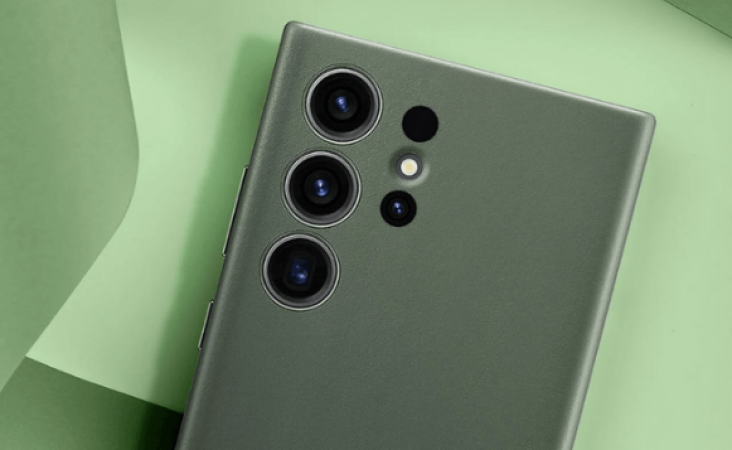
Washington: Samsung is reportedly on the cusp of unveiling a groundbreaking 1.0-inch camera sensor that poses a credible challenge to Sony's acclaimed IMX989. Anticipated to feature an impressive 50-megapixel resolution and a pixel size of 1.6 microns, this sensor is earmarked for exceptional performance, particularly in low-light photography scenarios.
Currently in the developmental stages, Samsung's cutting-edge sensor is anticipated to make its debut in the first half of 2024. The sensor's integration is likely to grace the camera arrays of not just Samsung's flagship smartphones but also devices from other prominent manufacturers.
This 1.0-inch sensor marks a watershed moment in smartphone camera technology, standing as the largest sensor to be embedded in a smartphone. Its imminent arrival is poised to deliver a significant leap in image quality, most notably when capturing images in challenging low-light conditions.
Also Read: Samsung Introduces Galaxy Z Fold5 and Galaxy Z Flip5 Foldable Smartphones to the Indian Market
However, it's worth noting that the adoption of such a sensor might entail higher costs due to its larger size. Consequently, its utilization could be primarily reserved for the upper echelons of the smartphone market.
Also Read: Immerse Yourself in Sound with OnePlus Bullets Wireless Z2 ANC
The prospective attributes of Samsung's forthcoming 1.0-inch camera sensor include:
This sensor's focal prowess is its adeptness in low-light photography. The expansive pixel dimensions allow for heightened light absorption, translating into sharper and brighter images. Swift readout capabilities minimize motion-induced blurring, while noise reduction fosters clarity in captured visuals.
Also Read: Experience the Future on Your Wrist: Fire-Boltt Phoenix AMOLED Smartwatch
As the advent of Samsung's 1.0-inch sensor looms large, a transformative shift in smartphone photography technology is imminent. Its prominence as the largest sensor in a smartphone marks a momentous milestone, auguring a seismic leap in image quality, particularly in challenging lighting conditions. While its potential price tag may restrict it to premium devices, this impending innovation signifies a remarkable stride in ushering in a new era of smartphone photography prowess.